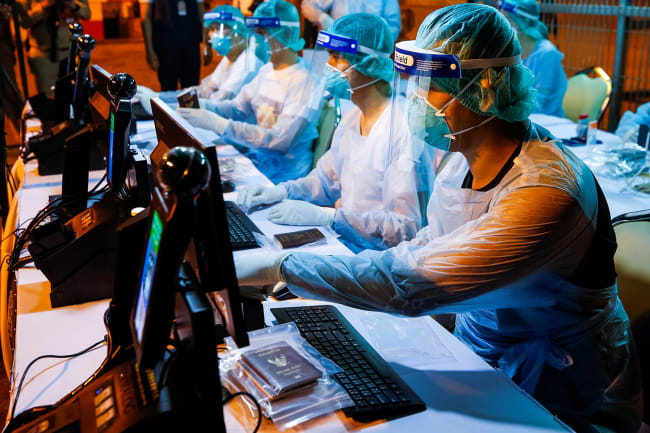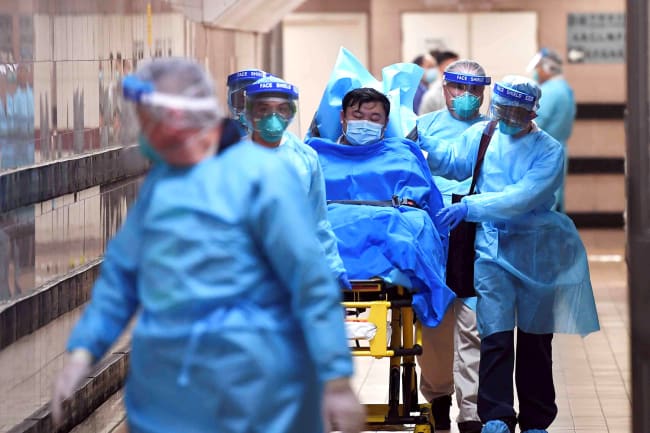COVID-19 is a syndemic. Recognizing this and understanding what it means is important for how we talk about COVID-19, how we assess who is most at risk, how we allocate our resources, and how we communicate the right messages to the public.
The word syndemic is a portmanteau that combines the words synergies and epidemic to punctuate the connections of multiple factors in who and how a disease afflicts a population. A syndemic emphasizes the fact that no disease exists in isolation, and the interaction and clustering of two or more conditions is exacerbated by broader factors like social inequality. COVID-19 exemplifies the concept of syndemic in part because of its elevated and uneven distribution among people with preexisting conditions like type 2 diabetes, hypertension, and heart disease.
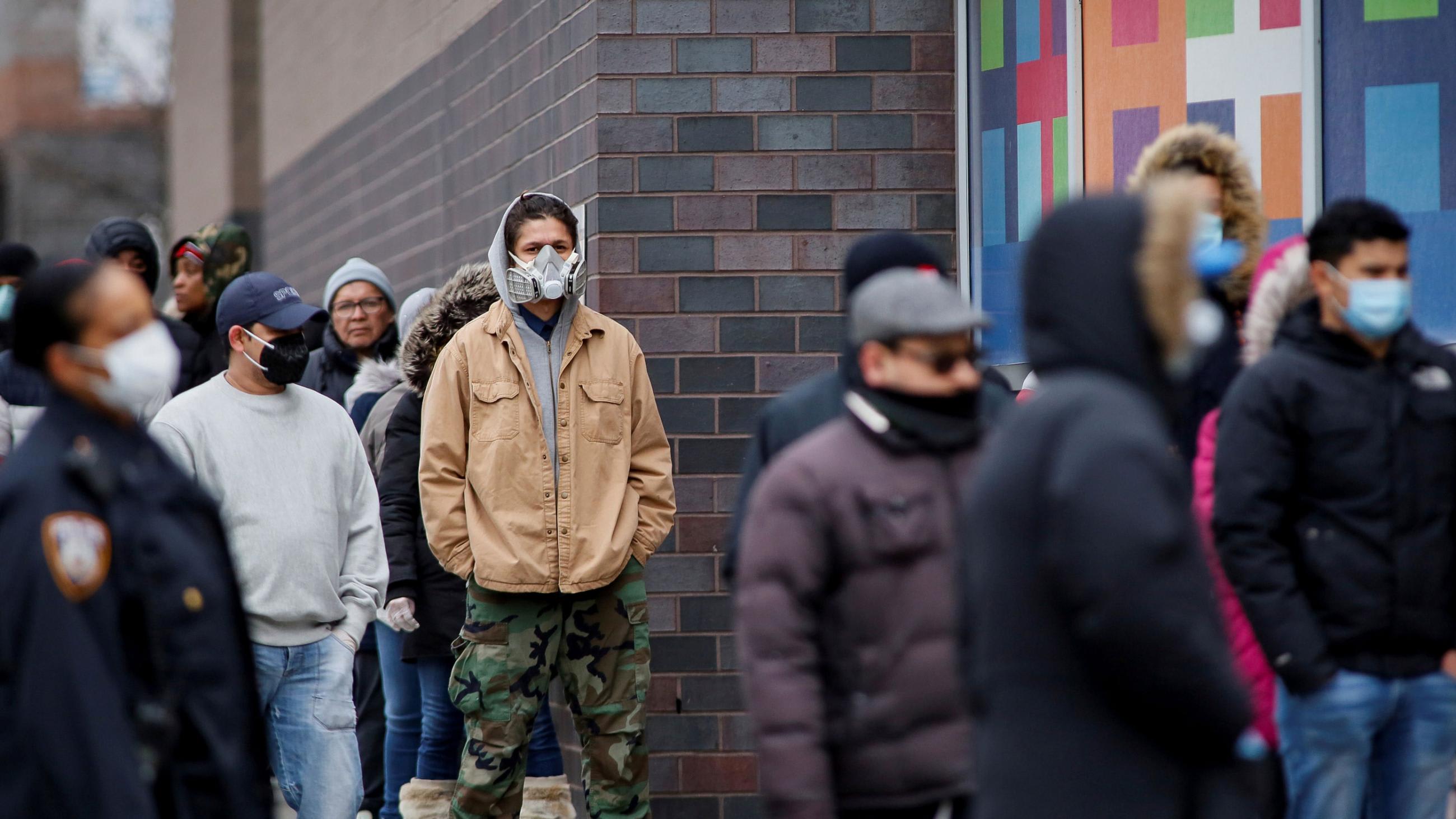
In the United States, these conditions are unevenly distributed among low-income communities and people of color. This reflects our history of enslavement, segregation, and racism that has created unequal opportunities in the U.S. I argued in my book Rethinking Diabetes: Entanglements of Trauma, Poverty, and HIV that the psychophysiology of oppression along with structural issues, such as food deserts and lack of economic security, are equally to blame.
Lowering our investments in the NIH and the CDC is an experiment unworthy of undertaking because it would make involuntary human subjects of us all
For COVID-19 this concept of a syndemic disease matters because people with chronic conditions like heart disease and type 2 diabetes are the ones who are most likely to die from it. It's not necessarily a reflection of age. It's a reflection of preexisting conditions. Thinking syndemically, however, requires that we consider not only medical preexisting conditions but also social and structural ones. For example, we might think about our fragmented healthcare system as a preexisting condition. Indeed, this is one reason South Korea's response was so strong and swift compared to the failing U.S. response.
COVID-19 is syndemic in the United States in part because of America's longstanding prioritization of profits over people. This is exemplified by President Trump's proposed funding cuts to key federal agencies that deal with public health, medical research, aid programs, and clinical care. In some ways, disinvestment reflects common American values of smaller governments and prioritization of the private sector.
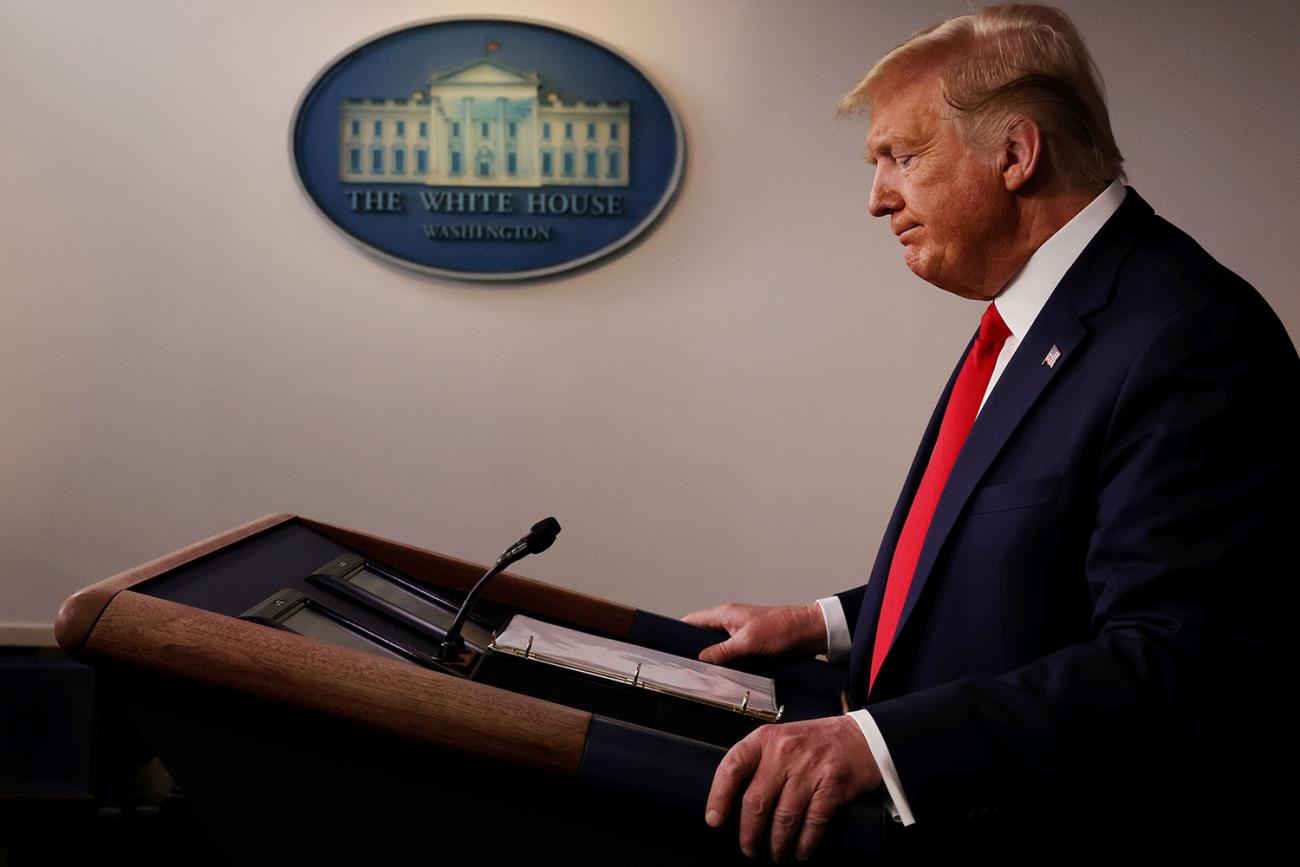
But COVID-19 unveils the cracks in this logic. Lowering our investments in the National Institutes of Health (NIH), the Centers for Disease Control and Prevention (CDC), and many of the community programs that contribute to the people's health is challenging in light of COVID-19, since these are exactly the institutions most able to protect the public in such times of crisis. Disinvestment is an experiment unworthy of undertaking because it would make involuntary human subjects of us all.
Why is COVID-19 Syndemic?
Like SARS did before it, COVID-19 disproportionately affects those living with cardiovascular problems, like heart disease. Although the condition is linked to age, the more powerful risk factor is the number of chronic conditions an individual has, tempering their immune response.
The more social, economic, and medical pressures individuals face, the more their body suffers
We know that there are important links between inflammation among infections and among chronic stress—from both chronic diseases like hypertension or diabetes and social problems like poverty. These are exacerbated by the chronic financial insecurity people in the United States experience and our fragmented healthcare system that prevents many people from seeking care until it is too late. The more social, economic, and medical pressures individuals face, the more their body suffers. Moreover, threatening the American public health system has stymied our response. Repeated mixed messaging on the severity of the pandemic by the administration and others sows chaos and has posed extraordinary risk to many. Recognizing social and political drivers of COVID-19 as equally as vital to the medical drivers is part of what makes this condition syndemic.

One example of how this plays out is the extraordinary risk for those incarcerated. When we think about environmental risk of contagion, the unsanitary conditions associated with detainment and the social isolation as a result of separating families creates real risks for these individuals in an outbreak. Releasing those who are incarcerated, especially those who are detained from undocumented border crossings, should be a priority to stymie COVID-19's impact on families incarcerated as well as the communities surrounding them. In other words, there are risk for those incarcerated and there are risks for those who work in these contexts as carriers—asymptomatic or not.
Staying home in COVID-19 America is not something everyone can afford, yet large parts of the country are having to do just that
Economic risks of COVID-19 make it syndemic, too. The gig economy has produced real financial needs to work through the outbreak while the pandemic has pulled the rug on opportunities. People's savings are minimal and therefore showing up to work is not something that can be negotiated. Mothers, fathers, grandparents, young people—everyone needs to work to care for those they love. Staying home in COVID-19 America is not something everyone can afford, yet large parts of the country are having to do just that.

The inequality in American society, therefore, will perpetuate the impacts of COVID-19. A single fifty-five year old mother with type 2 diabetes, hypertension, depression, a mortgage, and four mouths to feed has more risk for moderate or severe complications from COVID-19.
How can we have so many leading experts with a messy house? This is a political question as opposed to a scientific one
In fact, lower income people around the world, including the United States, are more likely to experience type 2 diabetes. They are also more likely to experience heart disease, hypertension, and/or depression at the same time. These preexisting conditions have weakened their ability to respond to COVID-19, and make them more vulnerable to dying from the infection. On the other hand, those who are low-income are also more likely to continue working through the epidemic. We expect to see an uptick in cases among people who cannot afford to socially isolate who at the same time experience multiple chronic conditions. These cardiometabolic risks produce the possibility not only of contagion but of a moderate or severe presentation of COVID-19.
It's also important to consider at this time the failure of the American response to COVID-19 and how this puts American experts of global health and development in a quandary. How can we have so many leading experts with a messy house? This is a political question as opposed to a scientific one. We need more testing, contact tracing, and isolation of cases. And we need these solutions to be equitably distributed across our society to mitigate the effects of the COVID syndemic.
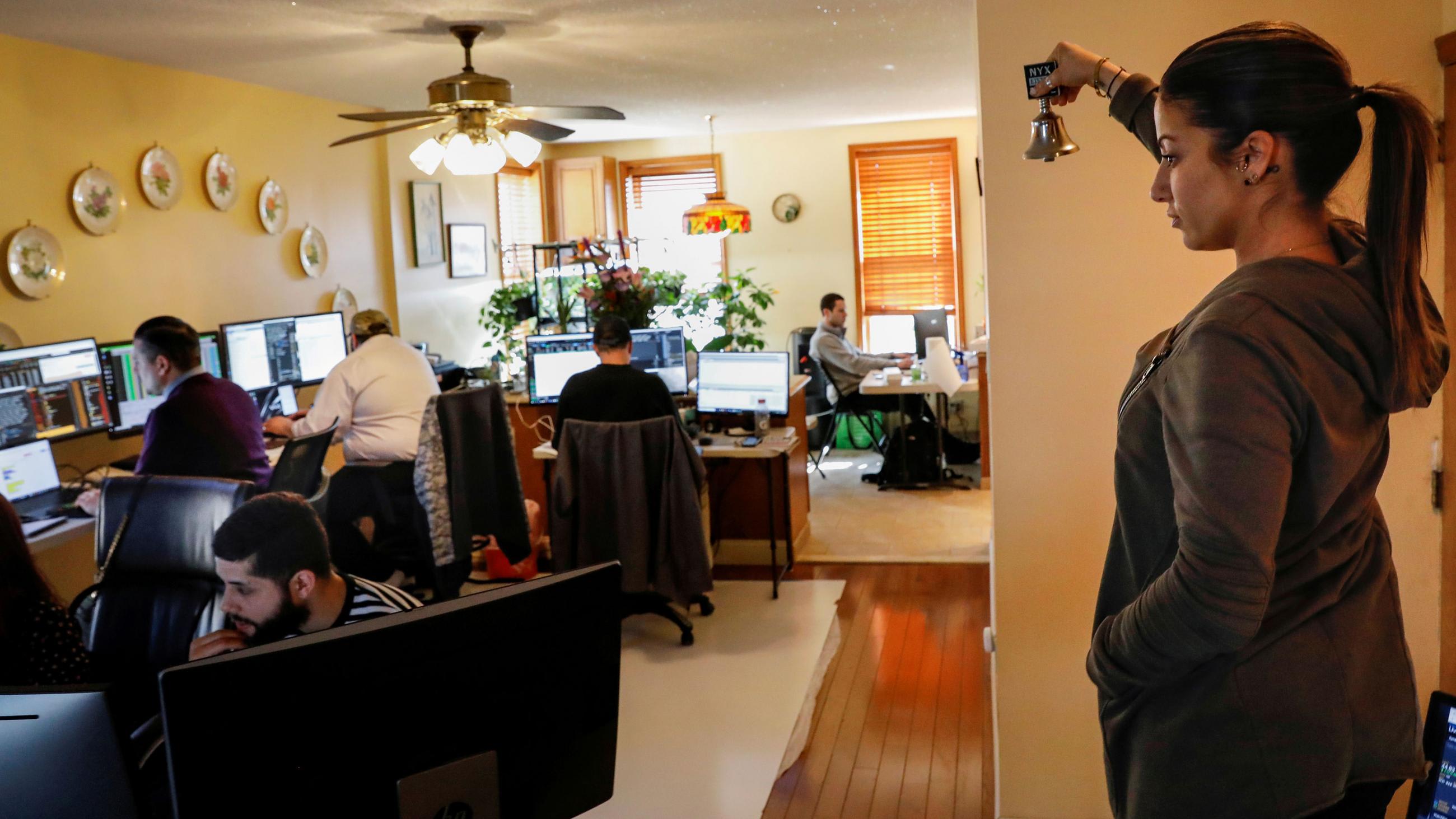
COVID-19 won't be the last pandemic to threaten America. To fight the next one better, we must take seriously syndemic drivers of mortality. This includes not only medical problems but also social ones: strengthening safety nets and security for low-income people, making health care a reality for everyone, and caring for people holistically—focusing on people as opposed to singular diseases. By imagining a more equitable society, we can strengthen how we respond to emergencies now and every day.

